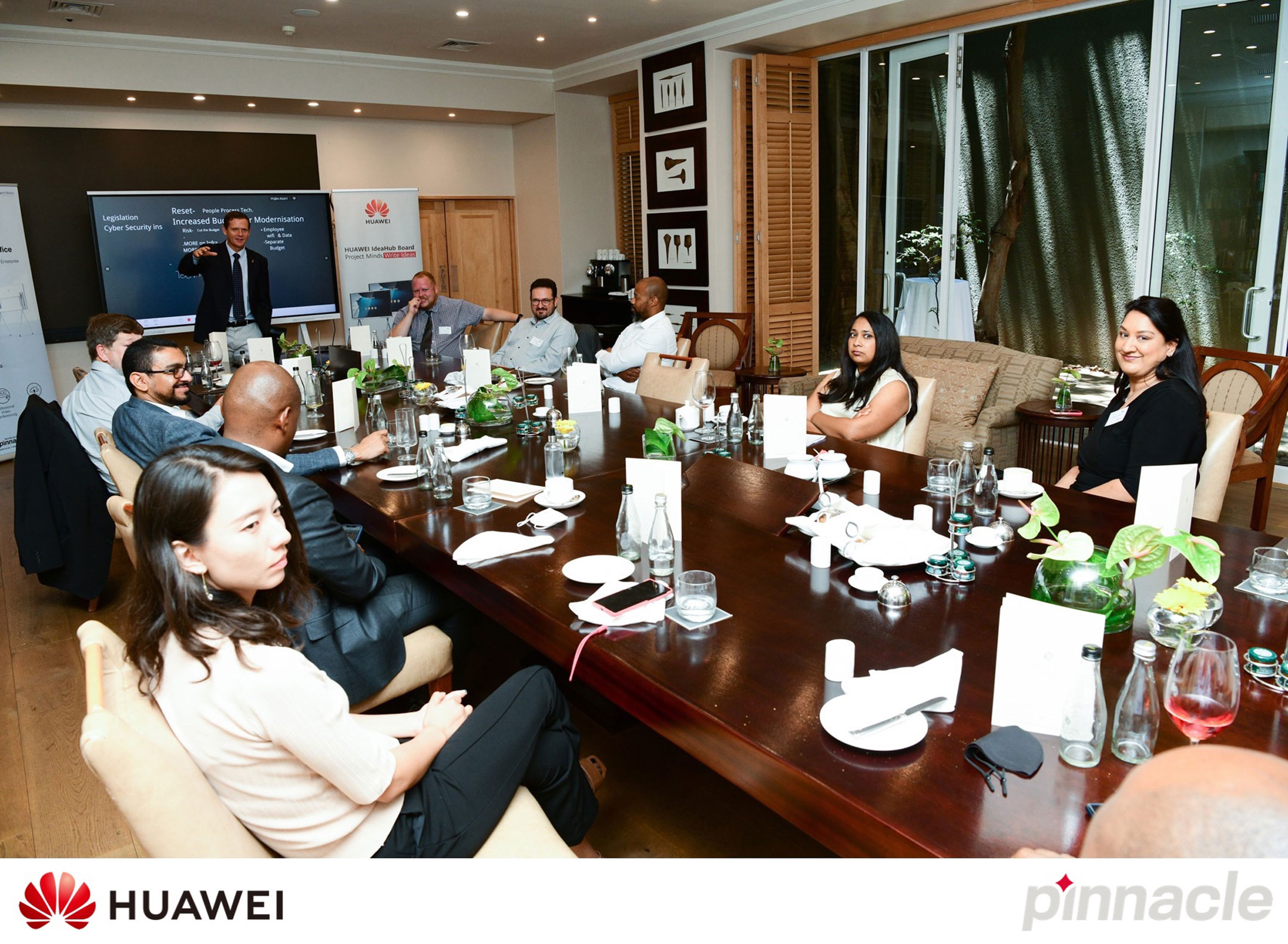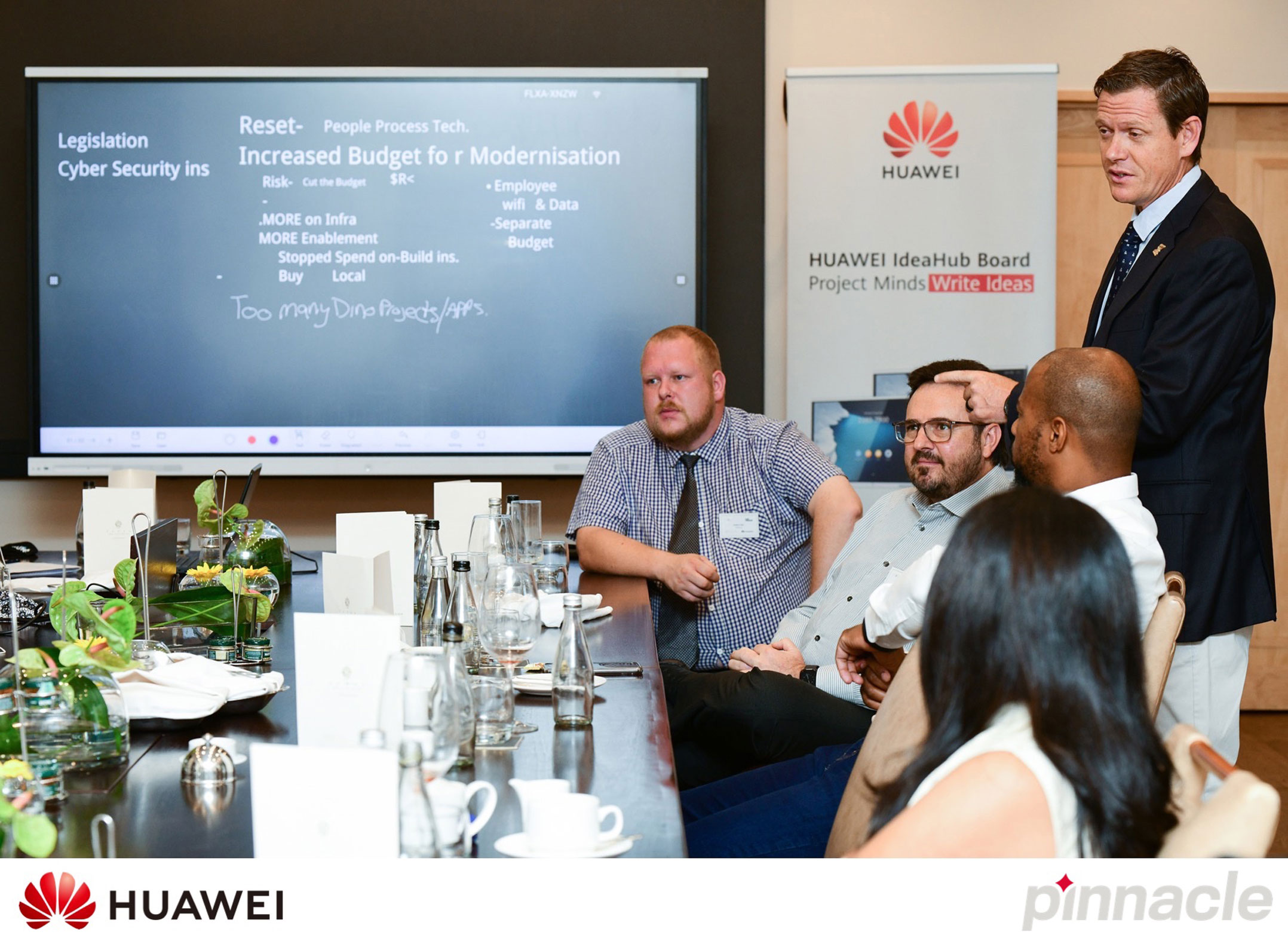
It’s hard to believe, but 2022 is almost here. It’s been almost two years since the first South African lockdown that forced organisations to accelerate their transformation.
Nearly overnight, organisations were forced to launch technology-driven initiatives to enable remote work and distance learning.
At the time, business continuity was the immediate focus — and therefore typical planning and evaluations organisations would do before initiating digital transformation initiatives were overlooked or bypassed.
Predominantly remote work was achieved, but was the digital transformation goal to promote enterprise development and support efficient business operations really met?
In a recent, still-quite-rare in-person event, ideas were shared and learnings unpacked by leaders in the technology sector. The overall theme that emerged when planning for 2022 was the need for empathetic leadership and its place in the modern world.
It is quite evident to most leaders that the massive shift to remote work and learning in the past 18 months has brought irrevocable changes to most industries and a mindset shift is required if they are to keep up with these changes and strategise adequately for the coming years. Pinnacle and Huawei, which strive to be ahead of the curve when it comes to anticipating their clients’ needs, foresaw the shift from the traditional way of working from an office and learning at a school, and that gave birth to Huawei’s IdeaHub range that delegates had a chance to experience at the event.
Who needs an office?
“Huawei’s IdeaHub range, from the business-focused Pro version to the more cost-effective, learning-centred IdeaHub Edu, means learners, students and employees don’t have to be on campus or at head office to function as a seamless part of the team. In fact, you don’t even need an office. The technology eliminates the distance between people, so that offices and classrooms are simply an IdeaHub away,” says James Nel, Pinnacle’s Huawei product manager.
“IdeaHub isn’t just another video conferencing device. It’s about remote, smart collaboration.” Collaboration technology is the driving force for productivity and businesses need to embrace it now more than ever.
With the pandemic becoming more of a permanent state of life, leaders who have employees at the heart of their planning are better placed to get results. Lower staff turnover, better focus and fewer unplanned outages seem to be the rewards.

“The IdeaHub helps to deal with these key challenges without detracting from human well-being,” says Nel. “Often, automation is associated with taking away human jobs. IdeaHub is not about replacing capacity but expanding the resources we have in order to overcome economic and political differences. Staff wellness, more especially mental health, became a huge concern as the adverse effects of isolation became evident. Measures to support employees to thrive need to be put in place and fostering collaboration is key. Employees who can easily collaborate with one another use their time more effectively and accomplish more.
The TechCentral moderator steered the conversation into how this technological shift and accelerated transformation impacted company financials, asking: “How have you changed your budgeting in the past 18 months to cater for the current world and its changing paradigms?”
Although experiences were different, the prevailing view was that a lot of processes had to change, such as a reduction of the budgeting window. Investments were moved heavily into e-commerce, customer self-service and remote work technologies, which led to accelerated return on technology investment. Businesses were able to quickly recalibrate technology investments or hasten existing investment plans.
The challenge of budgeting for 2022 has been the sense of uncertainty over what the world will look like in the next quarter, let alone the next year
When planning for 2022, there are several new items on the budget list, including employee wellness, advanced security solutions and application modernisation to compensate for a year of stagnation.
The challenge of budgeting for 2022 has been the sense of uncertainty over what the world will look like in the next quarter, let alone the next year. To manage this, most companies have adopted a base budget with a more aggressive “per project” budgeting strategy. This will allow for better management agility in the new year.
The group consensus seemed to be very positive for 2022, and especially role that technology, security and innovation can play in helping companies achieve their objectives.
- This promoted content was paid for by the party concerned




